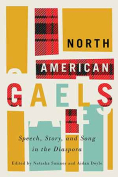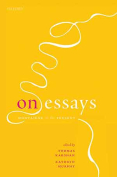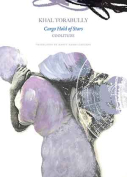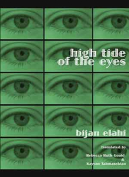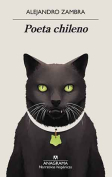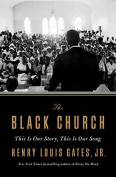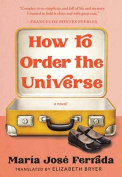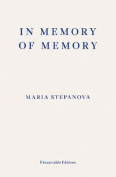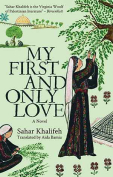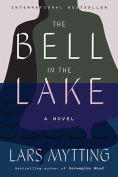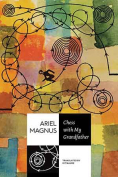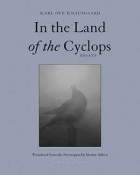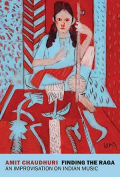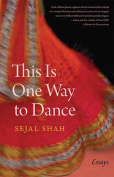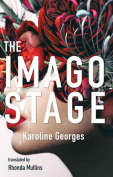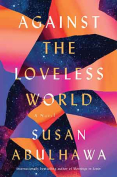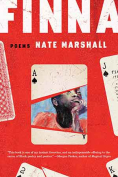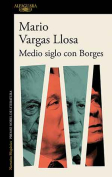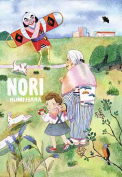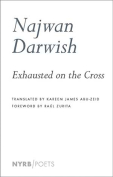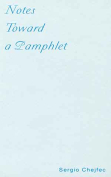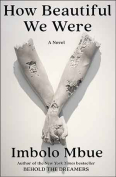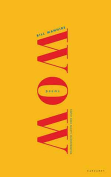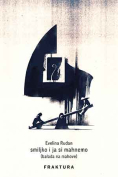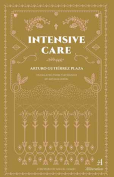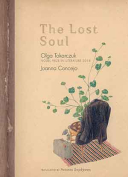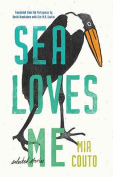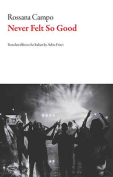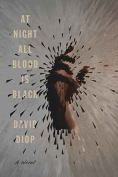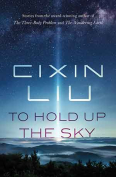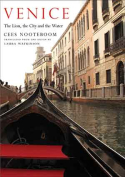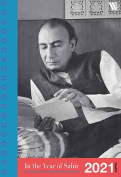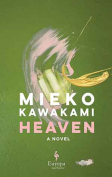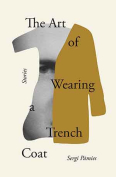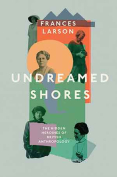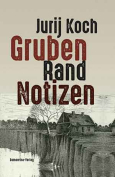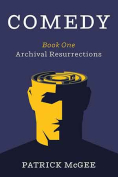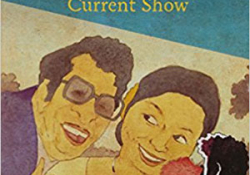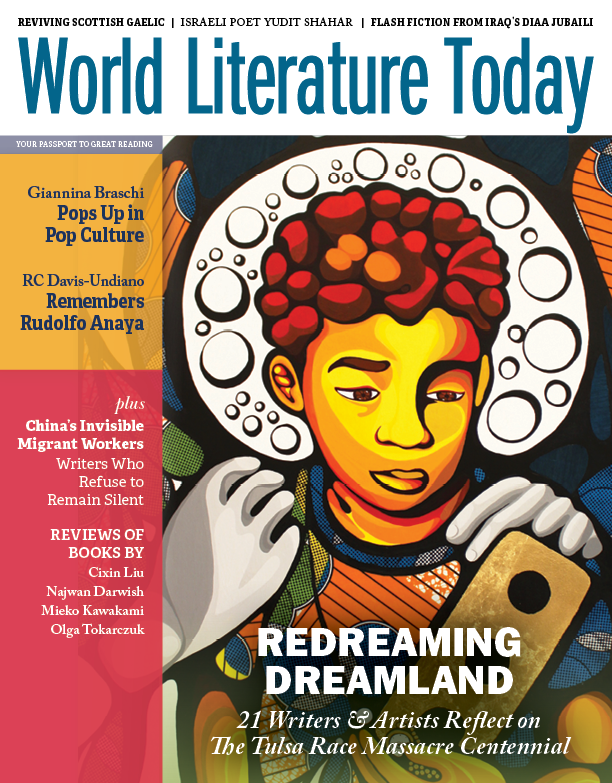Estuary by Perumal Murugan
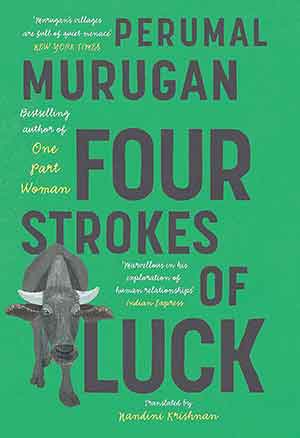 Hyderabad. Eka. 2020. 250 pages.
Hyderabad. Eka. 2020. 250 pages.
IN ESTUARY, HIS LATEST NOVEL in English translation, Tamil writer Perumal Murugan depicts the predicament of the generation gap between parents and children in contemporary India. In the wake of technological advancement and the launch of a new model of a mobile phone or other gadgets every month or so, many parents find themselves entrapped in a vicious cycle of fear and ignorance. As urban India gears toward a more cosmopolitan outlook, rural and small-town people are still bound with age-old traditions and living conditions.
The protagonist of the novel, Kumarasurar, is obsessively caring for his only son in a society where sons are revered as gods. Kumarasurar and his wife are left worried when their son takes a long, arduous path to find a place in an engineering college, against their wish to see him become a doctor. At times, it feels like Kumarasurar is going through a mental health crisis, which is not addressed—neither by Kumarasurar himself nor by the author.
Kumarasurar is bound in a traditional marriage and a salaried middle-class life. His wife is a homemaker who prefers the confinement of her home and daily chores over anything else. Kumarasurar finds himself trapped in a vicious cycle of fear, confusion, and anger. The constantly changing world around him brings out his worst fears. He worries about the future of his son, who might go astray and become good for nothing in life. He also finds it absurd that people consume pornography, alcohol, or any such deviant pleasures. He believes in simplicity and is at times too obstinate to change himself according to the changing society. Murugan’s choice of the novel’s theme is safe and pertinent, given his controversial history of being hounded in the past because of the delicate themes he chose for his novels.
It would be unjust to deem all of Kumarasurar’s fears irrational. With the technology-driven world and abject consumerism, modern society is not without its pitfalls. The challenge, however, is to navigate these spaces with astute rationality and patience and to make diligent life choices. It is heartening to see Murugan render the much-needed balance in Kumarasurar’s life at the end of the novel, or else it would have become a pessimistic read.
From the conservative mindscape to a more broadened vision, Estuary signifies a union of the old with the new—akin to how river and sea meet and yet maintain their distinct identities. Murugan makes sure to convey that not everything modern and new implies progress. This necessity to navigate and compromise in life, as endorsed by Murugan in the novel, also brings with it a share of laughter and a perceptive sense of humor. The excellent translation by Nandini Krishnan is praiseworthy, given its accessibility and poignancy that make the novel a delightful read.
Fathima M
Jawaharlal Nehru University
